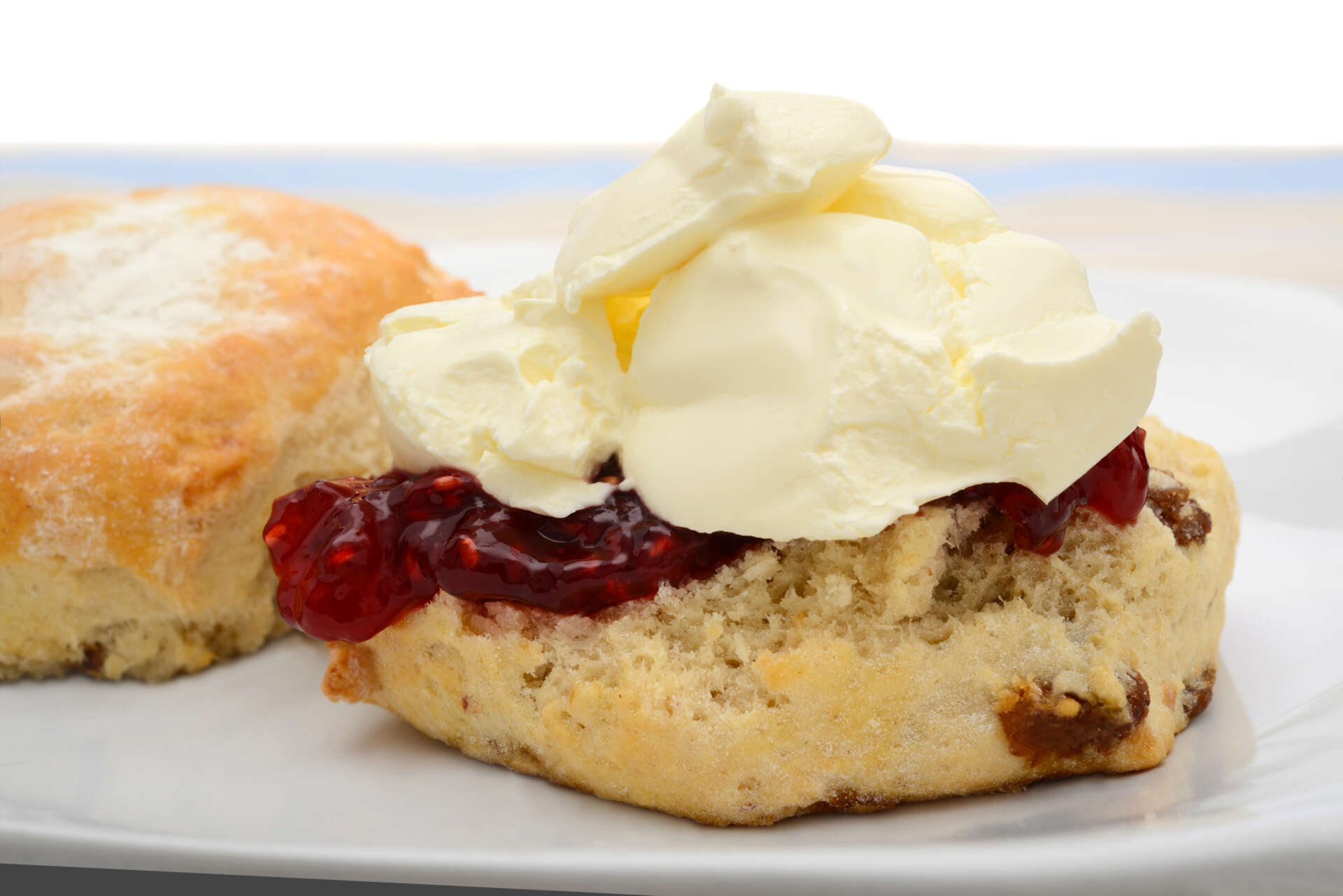There’s something absolutely delightful and totally indulgent about tucking into the fabulous combination of scones, jam and Cornish clotted cream. Afternoon tea, is one of the most quintessentially English of customs, and Cornwall is renowned for its Cornish Cream tea.
The origins of afternoon Cream Tea
Afternoon tea is newer than you might think. Whilst the custom of drinking tea dates to the 3rd century AD, it was popularised in England in the 1660’s during the reign of King Charles. However, it wasn’t until the mid-19th century that our passion for ‘afternoon tea’ first appeared.
Afternoon tea was introduced to England in 1840 by Anna, the seventh Duchess of Bedford. She would frequently be hungry at around four o’clock in the afternoon, leaving a long period of time before dinner was served, usually around eight o’clock. The Duchess asked for a tray of tea, bread and butter and cake be brought to her room. This became a habit and she began inviting others to join her. This grew into a fashionable social event and during the 1880’s upper-class and society women would dress for the occasion in long gowns, glove and hats for afternoon tea.
Today’s Cornish cream tea
The Cornish cream tea we love today consists of scones, jam and clotted cream. The phrase cream meaning the addition of cream rather than tea with cream. Cream tea can be anything from a very simple combination, up to a more elaborate experience including sandwiches, savouries and cakes.
The addition of Cornish clotted is really what elevates a cream tea. Clotted cream or ‘scalded’ cream is a very thick and made by indirectly heating full-cream cows milk. It has a very distinctive look with its crusted surface and a very high fat content. Clotted cream has a minimum of 55% fat content, as compared to single cream at 18% and double cream at 48%.
https://en.wikipedia.org/wiki/Clotted_cream
Cornwall – Devon debate
It has long been disputed whether clotted cream originated in Cornwall or in the neighbouring county of Devon. This friendly rivalry continues to this day in terms of where is the true home of the scone, jam and clotted cream. And of course, which is the best.
This also includes the correct etiquette on how to eat your cream tea. Don’t treat your clotted cream like butter, and your scone will be all the better. This means the Cornish way is jam first, topped with clotted cream. The Devon alternative is clotted cream first, with jam on the top.
This long standing debate was remedied by baking queen, Mary Berry who confirmed in a Daily Mail article that the only way to eat a cream tea, was the Cornish way: cream on top.
Celebrating cream tea
Today there’s a Cream Tea Society sharing the national love of the cream tea. There is also National Cream Tea day, which is the last Friday of June every year.
https://www.creamteasociety.co.uk/
https://nationaldaycalendar.com/national-cream-tea-day-last-friday-in-june/
There’s plenty of famous references to this most English of customs
There are few hours in life more agreeable than the hour dedicated to the ceremony known as afternoon tea.
-Henry James
Victorian prime minister William Gladstone (1809-1898) described clotted cream ‘as food of the gods’.
When you’re in Cornwall, indulging in a proper Cornish cream tea is a real treat. Make sure to add it to your must-do list when you visit Cornwall. If you’re looking for spots near Padstow check out our guide to the best places for a Cornish cream tea in Padstow.
Link to Rodda’s , Trewithan Diary
